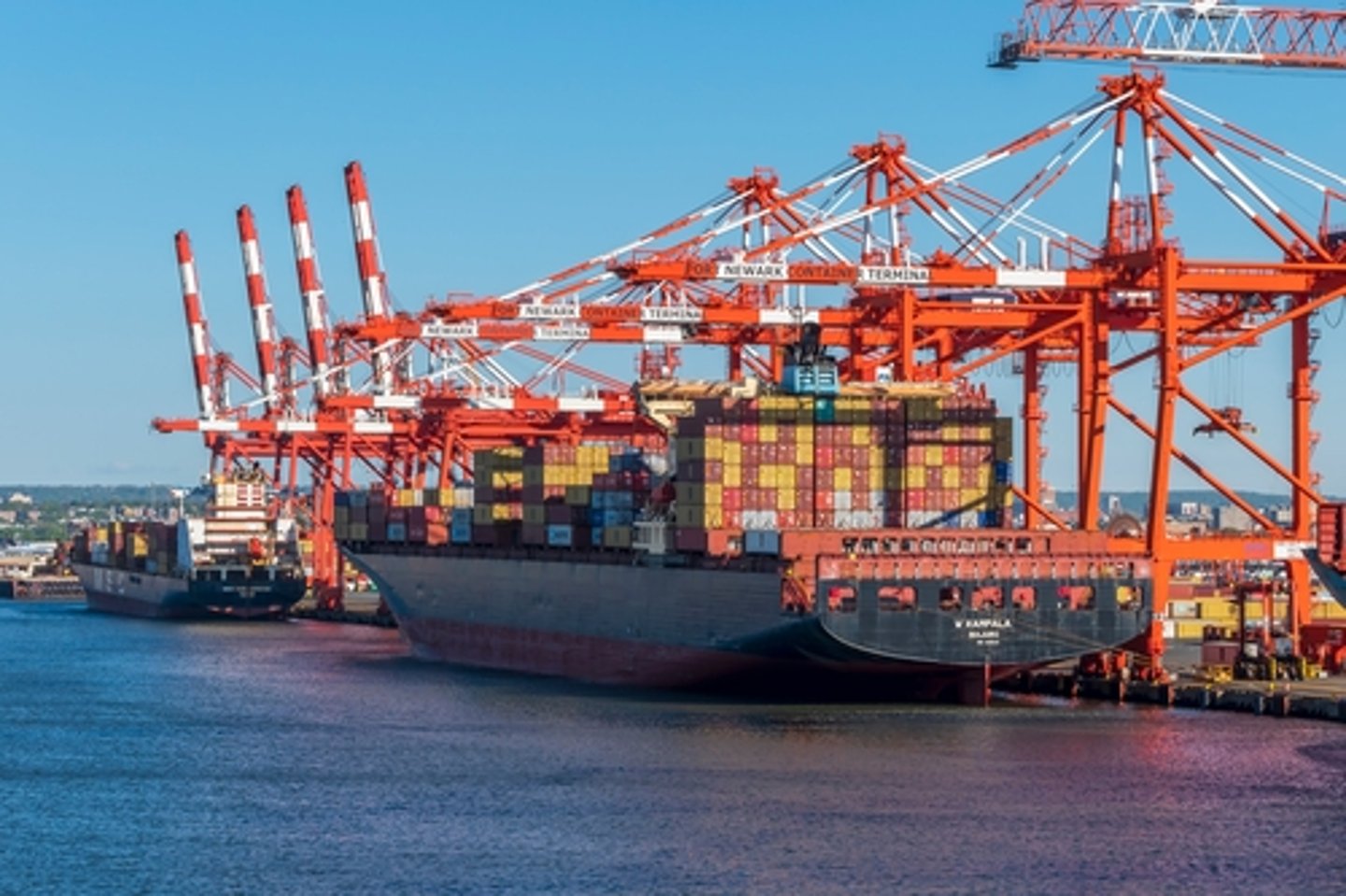Tariff Concerns Keeping U.S. Ports Busy
The additional forthcoming tariffs on China, coupled with the threat of tariffs on other countries by the Trump Administration, including the nation’s largest trading partners, is serving to keep traffic humming at the biggest ports in the U.S.
According to the Global Port Tracker from the National Retail Federation (NRF) and Hackett Associates, U.S. ports covered in the report handled 2.14 million Twenty-Foot Equivalent Units (TEU) – one 20-foot container or its equivalent – in December, down 0.9% from November but up 14.4% year-over-year. The figure makes the month the busiest December on record.
Additionally, these figures for the final month of 2024 do not include data from the Port of New York and New Jersey and the Port of Miami.
December figures brought 2024 to a total of 25.5 million TEU, up 14.8% from 2023 and the highest level since 2021’s record of 25.8 million TEU.
Retailers have been front-loading imports of key products for several months because of the potential for the East Coast/Gulf Coast port strike in January as well as to get ahead of potential tariffs from the President. Trump recently announced tariffs of 25% on most goods from Canada and Mexico and 10% on goods from China. The Canadian and Mexican tariffs were suspended on Monday, Feb. 3, for 30 days, but the China tariffs took effect on Tuesday, Feb. 4.
“Retailers have engaged in mitigation strategies to minimize the potential impact of tariffs, including front-loading of some products, but that can lead to increased challenges because of added warehousing and related costs,” said Jonathan Gold, vice president for Supply Chain and Customs Policy with the NRF.
Ben Hackett, founder of Hackett Associates, said tariffs on Canada and Mexico would initially have minimal impact at the ports because most imports from either country move by truck, rail or pipeline.
In the long term, tariffs on goods that receive final manufacturing in Canada or Mexico but originate elsewhere could prompt an increase in direct maritime imports to the U.S. Port cargo “could be badly hit” if tariffs on overseas Asian and European nations increase prices and prompt consumers to buy less, he said.
Ports have not yet reported January’s numbers, but Global Port Tracker projected the month at 2.11 million TEU, up 7.8% year-over-year. February, traditionally the slowest month of the year because of Lunar New Year factory shutdowns in China, is forecast at 1.96 million TEU, up 0.2% year-over-year. March is forecast at 2.14 million TEU, up 11.1% year-over-year; April at 2.18 million TEU, up 8.2%; May at 2.19 million TEU, up 5.4%, and June at 2.13 million TEU, down 0.6%.




